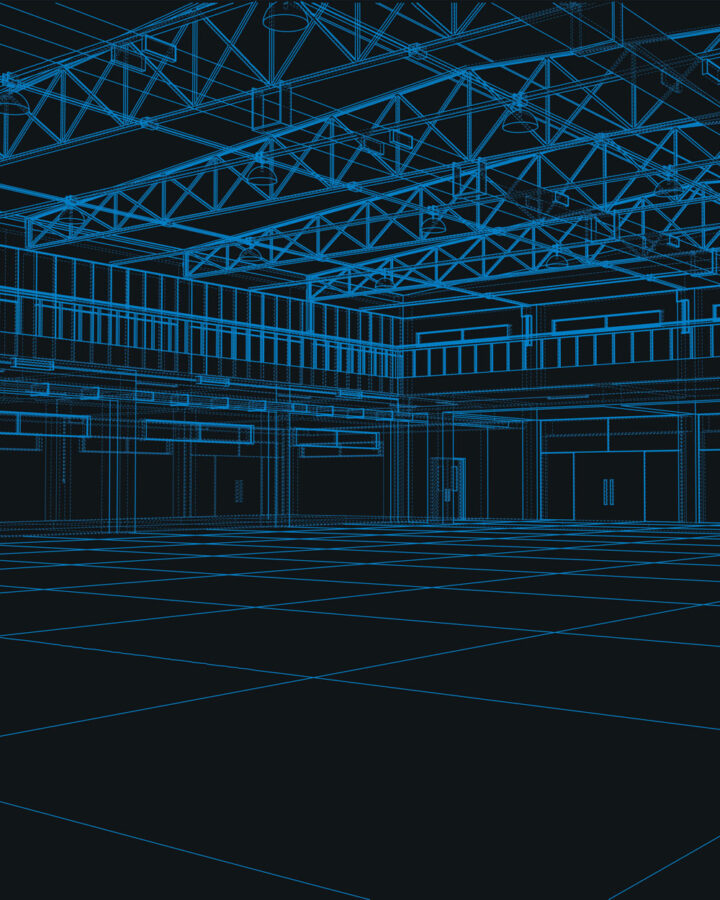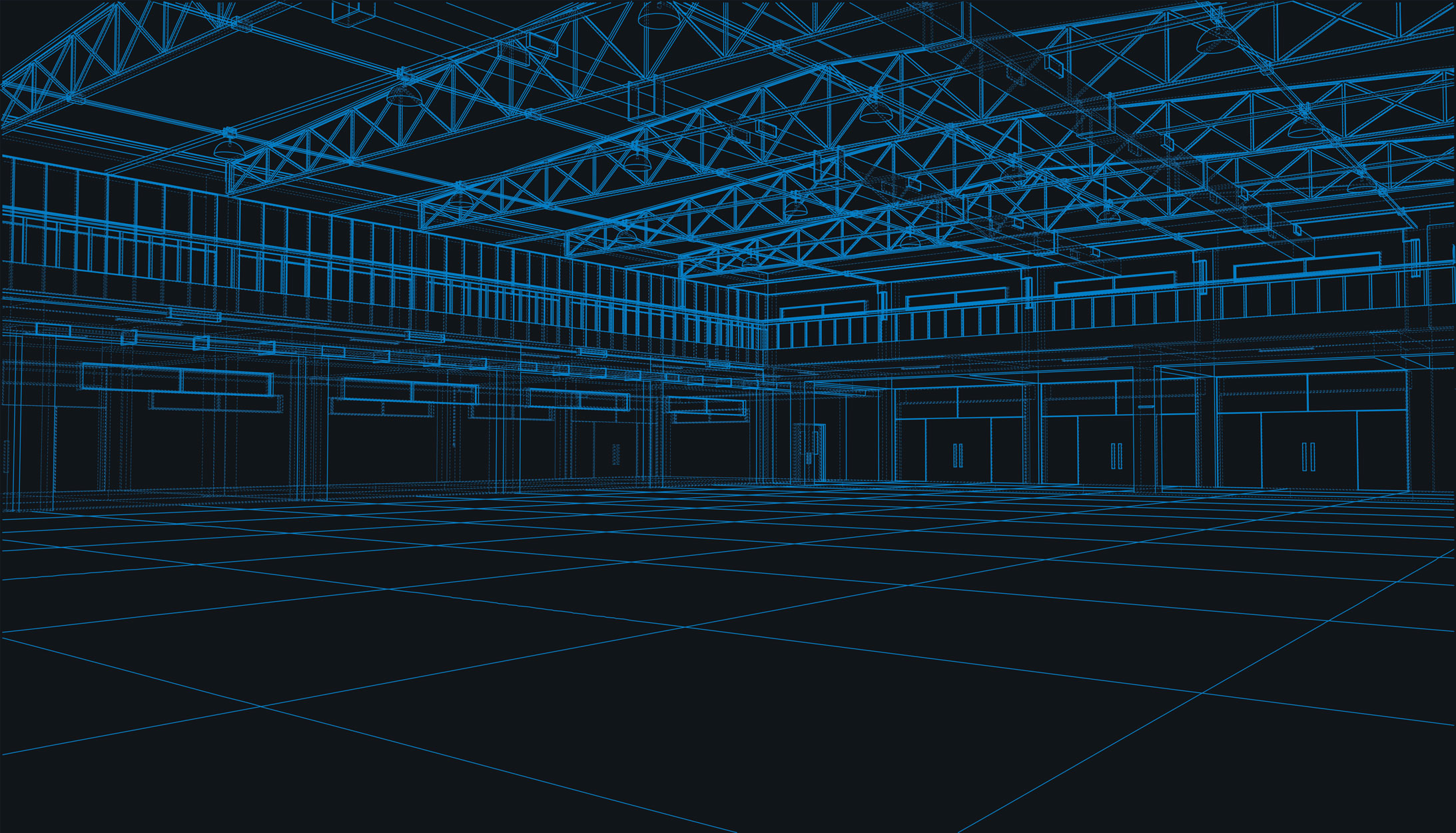One of the greatest hurdles in undertaking any significant project is arguably the blank, deserted canvas staring you down upon starting. It’s where procrastination commonly roots its evil. Whether you’re writing an essay, creating artwork or building software, as in our case, you’ll likely face the same issue – where to start? Having a great idea or a meticulously structured business plan often isn’t a saviour in these early stages. The best method in combatting early phase problems is creating mock-ups, drafts, sketches, diagrams and charts; anything to get the ideas flowing. It’s almost a therapeutic form of problem solving, which in my experience has been the greatest tool to launch any new feature.
Unfortunately, the problems associated with large-scale projects, or start-ups don’t stop there – it’s just the beginning! If you’ve been following the Glaass start-up, or have read our previous blogs, you’ll know one of our deepest philosophies is bringing unparalleled simplicity to the construction user. Specifically, our goal is to provide construction teams a tool to record, track and trace their project in one place. This means breaking down a myriad of various construction activities into software cases, and then designing them to fit into a single user interface, and this, is where the problems really start!
Those familiar with the construction industry will recognise standard industry documents like NCR’s, ITP’s and RFI’s. The industry has an abbreviation for just about everything! For those unsure, I’m referring to Non Conformance Reports, Inspection and Test Plans and Requests for Information. These three examples, related to quality and production, all have their place in construction, but the issue is, they have vastly different functional properties, particularly at a visual level. The problem here doesn’t derive from culminating a plethora construction cases into a single application; that’s easy. The challenge is incorporating them in a way that creates an intuitive and simple user experience environment.
Cramming an excessive number of construction features together isn’t hard, and has been done before. It takes creativity and careful planning to align them in a way that harnesses the attributes all successful software platforms share
At Glaass we believe one of the keys to achieving this environment is through user interface design. The user interface must be streamlined in such a way that it provides the user a familiar atmosphere to operate in. So, whether a user is accessing a drawing, placing an order or writing professional correspondence to the client, it must visually function the same. By shaping these typical construction cases to perform in the same dynamic, it empowers and instils confidence in users to carry out any task, regardless of the application.
By shaping these typical construction cases to perform in the same dynamic, it empowers and instils confidence in users
This is the biggest problem we face, for now. Transforming this design philosophy from the desktop application, to the mobile one will undoubtedly bring with it a slew of new challenges, but that’s all part of the journey. Besides this, there is an ongoing list of technical problems that need to be solved, and that’s without divulging into the actual code! I think I’ll leave that to one of the software architects to explain at a later date!


